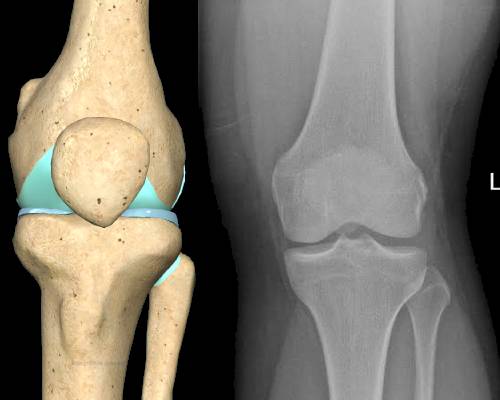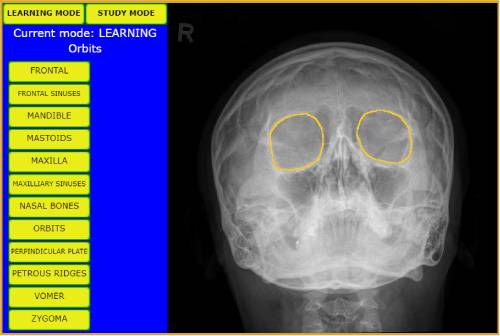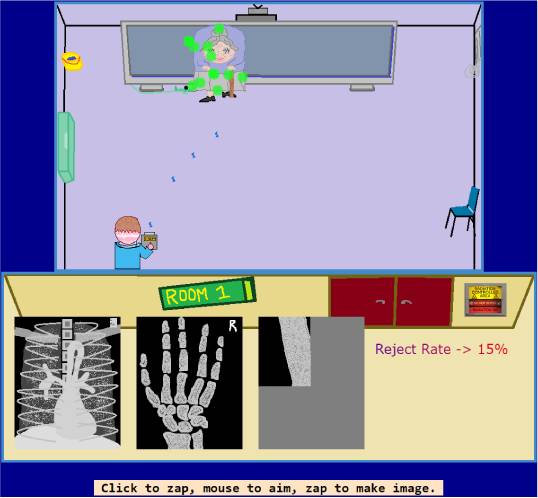Let's start with the condescendingly obvious:
What is a radiograph?
Radiographs are 2 dimensional representations of often complex 3-dimensional structures. The reporter/reader must then convert these 2-dimensional appearances back into a 3-dimensional mental picture. Clearly, there are many opportunities to make errors along the way, for example when attempting to describe relative positions of fracture fragments, position/appearances of a bony lesion and so on.

What is a report?
A report is an expert opinion regarding the normal/abnormal appearances of this 2-dimensional representation; it is an interpretation of a representation. Interpretation involves evaluating sensory information (visual information in this case) to weigh probable outcomes.
What is reporting?
The reporter uses the visual cues provided on the image and applies their clinical knowledge combined with the provided clinical information to come to a likely conclusion. In essence, they are sorting the signal of pathology from the noise of normal anatomy or artefact. This can be a very tricky process and there are many intrinsic and extrinsic sources of potential error. Errors and misses are to be expected, however being conscious of these potential pitfalls can reduce the rate of false positives/negatives.

